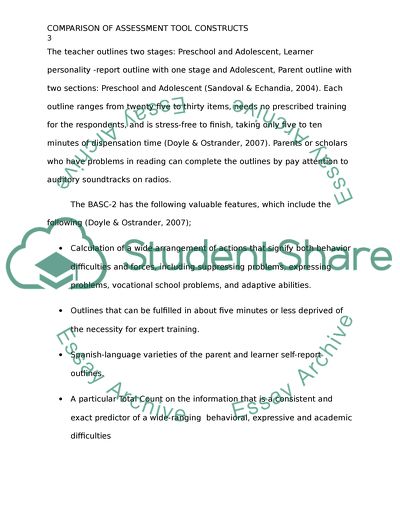Cite this document
(“Comparison of Assessment Tool Constructs Research Paper - 1”, n.d.)
Comparison of Assessment Tool Constructs Research Paper - 1. Retrieved from https://studentshare.org/psychology/1614832-comparison-of-assessment-tool-constructs
Comparison of Assessment Tool Constructs Research Paper - 1. Retrieved from https://studentshare.org/psychology/1614832-comparison-of-assessment-tool-constructs
(Comparison of Assessment Tool Constructs Research Paper - 1)
Comparison of Assessment Tool Constructs Research Paper - 1. https://studentshare.org/psychology/1614832-comparison-of-assessment-tool-constructs.
Comparison of Assessment Tool Constructs Research Paper - 1. https://studentshare.org/psychology/1614832-comparison-of-assessment-tool-constructs.
“Comparison of Assessment Tool Constructs Research Paper - 1”, n.d. https://studentshare.org/psychology/1614832-comparison-of-assessment-tool-constructs.


